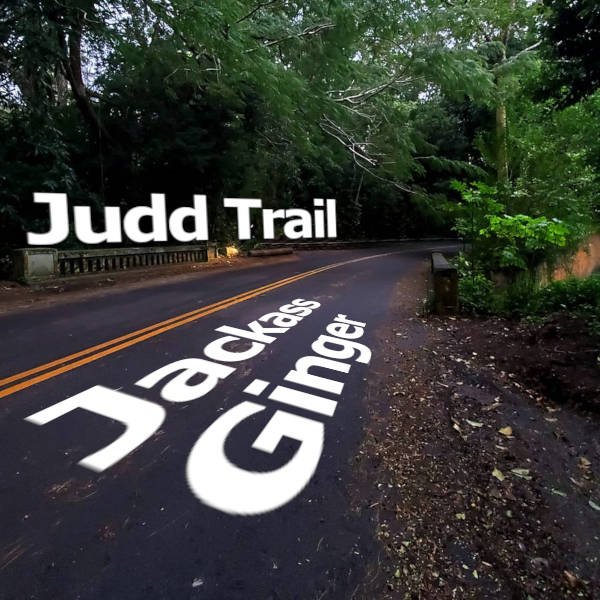Hawaii’s Most Haunted.
Learn about some of the most haunted places and subjects in Hawai‘i through Hawaiian legends and oral traditions, historical accounts, newspaper articles, and true personal ghost stories. Here, we have some interesting stories about some of the places we bring our guests and a few places you may not want to venture to alone.
We'll let you decide, but be forewarned: Should you choose to strike out on your own, you are your own keeper. Meaning, what we note here are facts, legends, and observations, it is not a tourist’s guidebook or study manual of where to find “supernatural” occurrences. The places mentioned here, like many places in Hawai‘i, are very much like people; some will welcome you, some will not. To venture out alone is purely at your own risk.
The Most Haunted Places and Legends in Hawai‘i.
Click on the icons to learn about a few interesting places in our island home. We are constantly adding more topics so be sure to check back often!
Hawai‘i Kai Ghost
In 1968, in their new home in Hawaii Kai, a family described an encounter with a ghost they called “Bernard.” The house was only five years old and the neighborhood was brand new, so there weren’t any previous tenants. However, Bernard made his first appearance to the family’s 17-year-old daughter, who was a senior at Kalani High School.
Haunted Hau‘ula - Murder Told in a Dream
In 1901, a woman came forward to say that she dreamt of an old kahuna who died. She said that in her dream, he told her that he did not come to his death naturally. In the dream, Joe told the woman that he was hit in the back of the head by a Japanese man, and described the club that was used.
Woman in White at Keaiwa Heiau
Stories of the “Woman in White” can be heard around the world in almost every culture. Kahuna nui Emma deFries was the great-great granddaughter of Keali‘iopunui and Hewahewa, the Kahuna nui of Kamehameha I. In 1971, she shared a story with the newspaper about her grandpa’s ghostly encounter with a woman in white.
The Legendary Night Marchers
The oral traditions of the much-feared night marchers have survived countless years by being passed down from mouth to ear and then by the learned art of writing and documentation. Their stories have spread through hushed whispers during late-night storytelling around the dinner table. Their procession has been witnessed by Hawaiians and non-Hawaiians from different walks of life.
Haunted Judd Trail & Jackass Ginger Pond
Many people forget about the death, suicide, and murder before the original "death curve" at Judd Trail and Jackass Ginger Pond.
Haunted Kamamalu Playground
At 1442 Emma Street, now within the location of Kamamalu Park, stood a house that was reportedly haunted. Do you think the ghost now roams the playground?
Sacred Pu‘u o Mahuka Heiau
Thought to have originally been built for the purpose of telepathic communication, the mana here is ever-present and powerful. However, before you try to charge your crystals here (yes, unfortunately, it’s been attempted), one must understand that there is so much more here. The residual negative energy of the untold numbers of men that were sacrificed in the space is also constant.
Ghost Lights in Haunted Manoa Valley
In the back of Manoa valley, people began to see orbs of light coming from the earth. The mysterious phosphorescent fire had the Hawaiians and Japanese living in the valley distinctly scared. A Japanese yard boy said that about 10:30pm in the upper part of the valley a particular light seemed to glow. The light was not strong, but being the only fire in the valley, it called attention.








